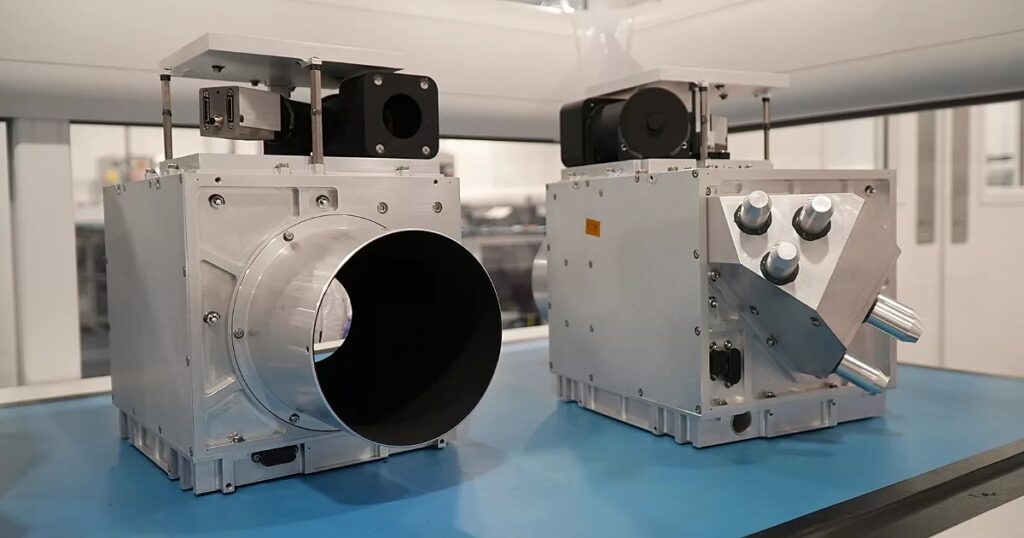SpaceX will attempt to launch the Transporter-9 rideshare mission on Saturday, November 11 which has 113 payloads including seven Canadian satellites from GHGSat, Kepler Communications, Wyvern, and the University of Toronto Aerospace Team (UTAT) Space Systems.
SpaceX says that 90 payloads will be deployed directly from the Falcon 9 rocket along with another 23 that will deployed separately from several orbital transfer vehicles.
The Sun-synchronous orbit launch will take place from Vandenberg Space Force Base in California, Space Launch Complex 4E (SLC-4E) with a 55-minute launch window at 10:49 a.m. PT (1:49 p.m. ET | 18:49 UTC). A backup window is November 12 at the same time.
Three GHGSat satellites
GHGSat will have their high-resolution emissions monitoring sensor platforms on three 16U Spire Global developed satellites. The satellites are designed by GHGSat as GHGSat-C9 known as Juba, GHGSat-C10 known as Vanguard, and GHGSat-C11 known as Elliot.
And when it comes to naming satellites GHGSat takes it very seriously. The satellites are named after children of their employees. Names are submitted and voted on by employees.
Of note, GHGSat-C10 (Vanguard), will be the first GHGSat satellite to include a CO2 monitoring sensor. The company characterizes the sensor as the “world’s first commercial CO2 monitoring payload.”
The three satellite will deploy after launch as follows;
- GHGSat-C9 (Juba) is scheduled to deploy at 54:01 minutes after launch
- GHGSat-C11 (Elliot) is scheduled to deploy at 54:41 minutes after launch
- GHGSat-C10 (Vanguard) is scheduled to deploy at 55:08 minutes after launch

Two Kepler Communications satellites
Kepler Communications has two satellites launching on this mission, ÆTHER-1 and ÆTHER-2 which will be the 22nd and 23rd satellites they launch. Kepler has yet to release publicly release information on this launch, but we believe both of these payloads are the production version of their Aether-Ku communication satellites which will deliver “300+ Mbps from low Earth orbit (LEO)” and are the first in a planned constellation of up to 50 satellites.
The two satellite will deploy after launch as follows;
- ÆTHER-2 is scheduled to deploy at 1:15:10 after launch
- ÆTHER-1 is scheduled to deploy at 1:15:36 after launch
Wyvern and UTAT Space Systems satellites
Wyvern will have its third hyperspectral Earth observation satellite launched on this mission. Designated as EPICHyper-3 and built by AAS Clyde Space, the satellite joins EPICHyper-1 also known as Dragonette-001, and EPICHyper-2 (Dragonette-002) on orbit. Both of those satellites launched earlier this yeat on Transporter-7 and Transporter-8 missions respectively.
In a press release of the launch AAC Clyde Space stated that “the satellites are part of AAC Clyde Space’s EPIC VIEW family of spacecraft, which are optimized to host cutting-edge imagers, enabling them to deliver multi-spectral and hyperspectral images of the Earth’s surface. The image data will be used by farmers around the world to optimise food production yields and detect invasive plants, pests and changes in soil make-up.”
The University of Toronto Aerospace Team (UTAT) Space Systems will have its HERON Mk. II amateur radio CubeSat on the rideshare mission.
 SpaceQ Space news and analysis.
SpaceQ Space news and analysis.




